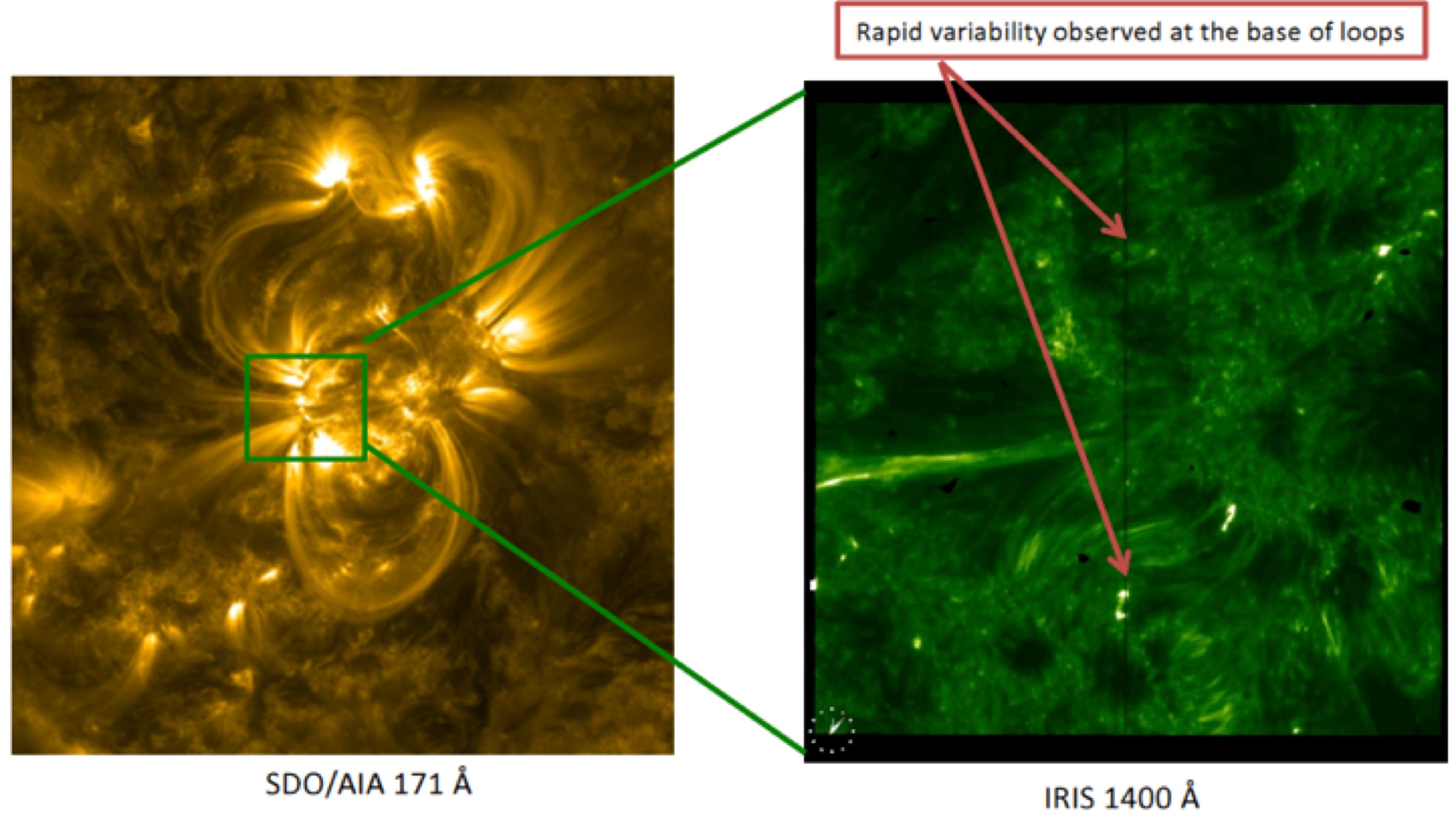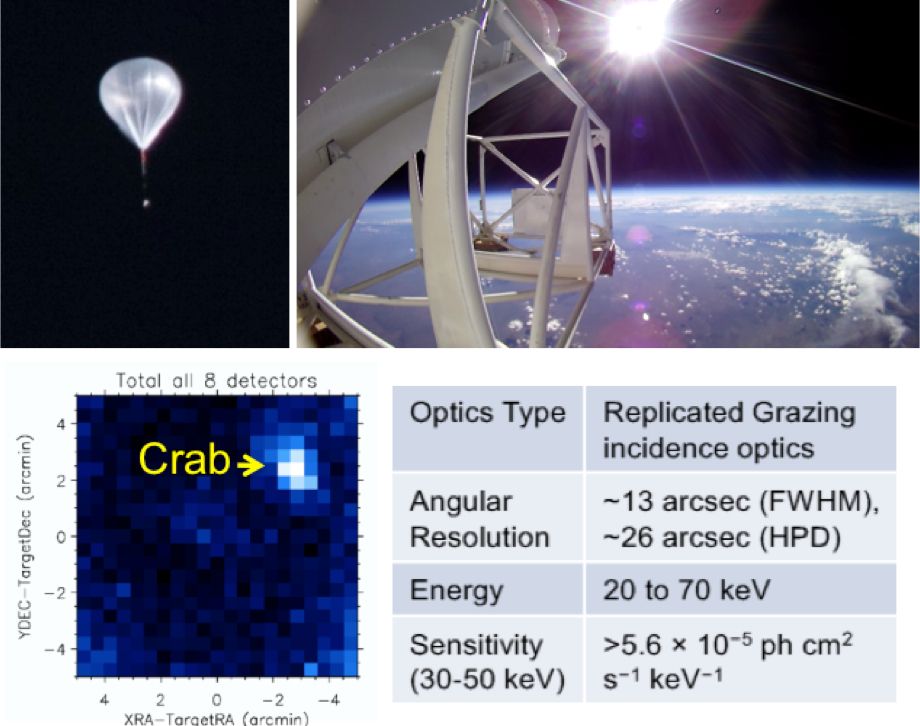SPL Research
SPL Research
The Solar Physics Laboratory (SPL) is one component of the Heliophysics Science Division within NASA Goddard's Sciences and Exploration Directorate.
The SPL:- Leads in the exploration and understanding of the Sun as a star and as the primary driver of activity throughout the solar system.
- Conceives and executes investigations that advance knowledge of the Sun-Earth system and help to enable robotic and human exploration.
- Develops innovative instruments and mission concepts, theoretical models, and techniques to access and analyze data.
- Supports NASA's Science Mission Directorate and Heliophysics Division by providing Project Scientists and committee members, contributing to strategic planning and mission definition, and communicating research results to the international scientific community and the public.
Strategic Priorities
- Coronal physics, imaging and spectroscopy: understanding the Sun’s outer atmosphere
- High-energy solar physics: understanding flare energy release, particle acceleration, and thermal response
- Solar activity: understanding and forecasting space weather throughout the heliosphere, and the solar cycle connection
- Chromosphere-corona system: understanding the dynamic and energetic coupling (area of development)
- Heliophysics data access and virtual observatories
Development Areas and Core Activities
- R&A
- Innovative coronagraphs, heliospheric imagers, and spectrographs
- Next-generation X-ray and gamma-ray imaging/spectroscopy
- Theory & modeling capability for coupled chromosphere-corona system
- EUNIS
- FOXSI
- HEROES
- GRIPS
- SDAC/VSO
- CDAW Data Center
- ISWI
Current Flight Missions
- IRIS
- SOHO
- SDO
- RHESSI
- STEREO/COR1
- STEREO/WAVES
Flight Missions In Development
- Solar Orbiter (SPICE)
- Solar Probe Plus
Probing Coronal Heating with IRIS

|
The Interface Region Imaging Spectrograph (IRIS) Small Explorer was launched on 27 June 2013 and is now fully operational. A. Title (Lockheed Martin Solar and Astrophysics Laboratory) is IRIS Principal Investigator. A. Daw (671) is mission scientist; J. Allred (671) is deputy mission scientist. Recently, Allred, Daw, P. Tesla (SAO), B. De Pontieu (LMSAL), and the IRIS team identified rapid (< 30 s) variability in transition region moss that marks the base of coronal loops. Preliminary analysis finds that the velocity and intensity signatures of these events are consistent with nanoflare heating.
HEROES: A Pathfinder for SolarX-Ray Focusing Optics
The High Energy Replicated Optics to Explore the Sun (HEROES) balloon experiment is a collaboration between Marshall Space Flight Center (MSFC) and GSFC funded by the NASA Hands-On Project Experience (HOPE) program. The PI is J. Gaskin (MSFC); co-PI is S. Christe (GSFC 671). HEROES was successfully launched on 21 September 2013; it observed the Sun for 7 hours and also observed the Crab Nebula and GRS 1915+105.

|
